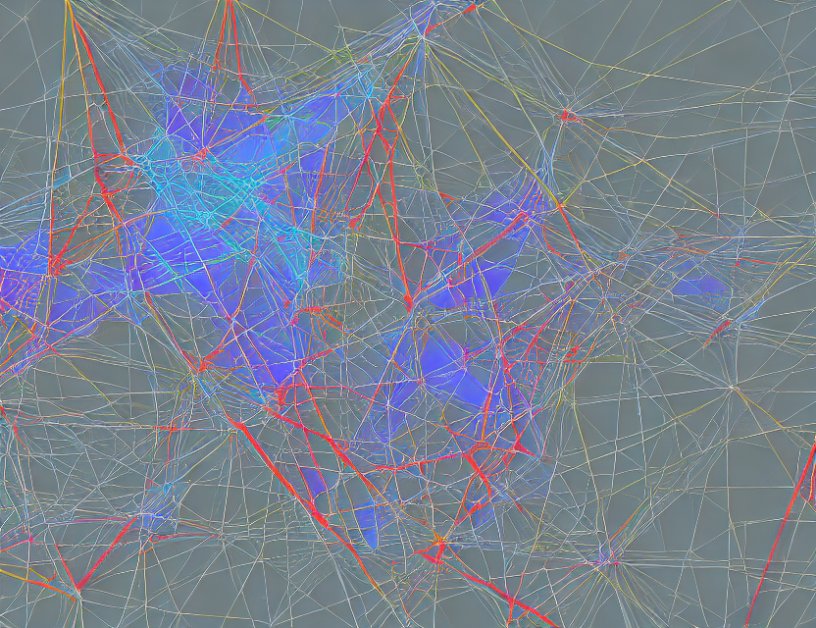Dimension reduction is like a magic trick that makes complex data sets disappear! The goal is to find a simpler representation of the data that still captures its essential features. Linear techniques like PCA identify orthogonal axes (principal components) that explain most of the data’s variability. These techniques are efficient and easy to understand, but they may not capture non-linear relationships in the data.
Section 2: Diffusion Maps – A Non-Linear Approach
Diffusion maps offer a non-linear approach to dimension reduction by modeling the diffusion process on a given dataset. Imagine you’re walking through a crowded marketplace and want to find your way back to your hotel. You might take a few steps forward, then turn left or right based on your observations of nearby landmarks. Diffusion maps work similarly, creating a Markov transition matrix that encodes pairwise similarities between data points. This matrix captures the global geometry of the data in a lower-dimensional space, allowing us to analyze it more easily.
Section 3: How Diffusion Maps Work
Diffusion maps operate by modeling the diffusion process on a given dataset. They construct a Markov transition matrix that encodes pairwise similarities between data points. The eigenfunctions of this matrix provide a set of coordinates that preserve the intrinsic structure of the data. These coordinates allow us to embed the data points in a Euclidean space where the usual distance describes the relationship between pairs of points in terms of their connectivity.
Section 4: Advantages and Applications
Diffusion maps have several advantages over other dimension reduction techniques. They can handle non-linear relationships in the data, capture complex networks and spatial structures, and provide a robust way to reduce the dimensionality of large datasets. These features make diffusion maps particularly useful for clustering, classification, and regression tasks. For instance, in image recognition, diffusion maps can help identify regions of an image that are most important for distinguishing between different objects or classes.
Conclusion
Dimension reduction is a powerful tool for simplifying complex data sets while preserving their essential features. Diffusion maps offer a non-linear approach to dimension reduction by modeling the diffusion process on a given dataset. By creating a Markov transition matrix that encodes pairwise similarities between data points, diffusion maps capture the global geometry of the data in a lower-dimensional space. These coordinates allow us to embed the data points in a Euclidean space where the usual distance describes the relationship between pairs of points in terms of their connectivity. With their robustness and versatility, diffusion maps are a valuable tool for clustering, classification, and regression tasks, making it easier than ever to understand and analyze complex data sets.



